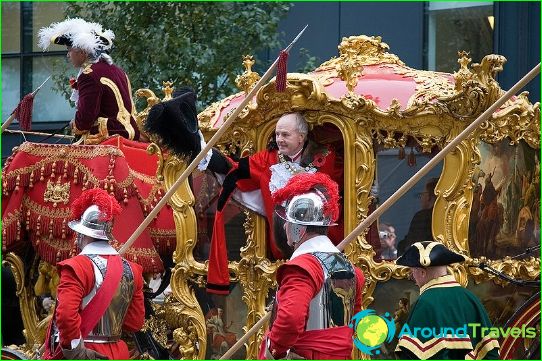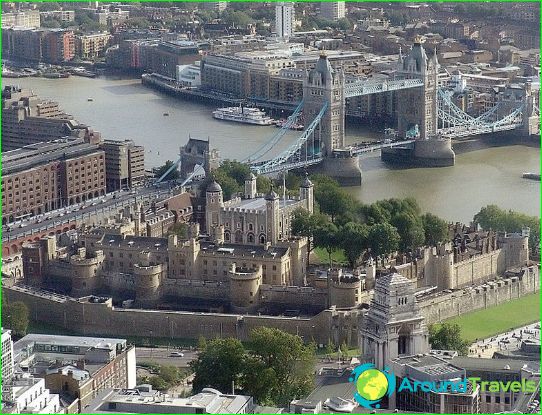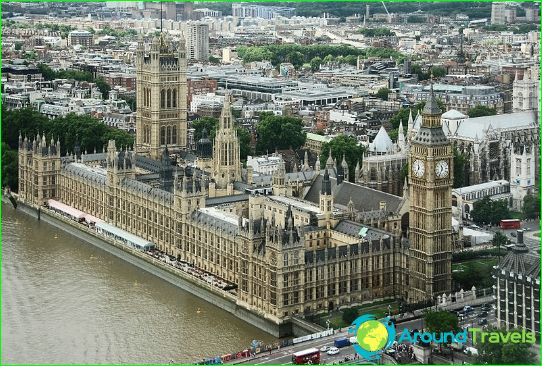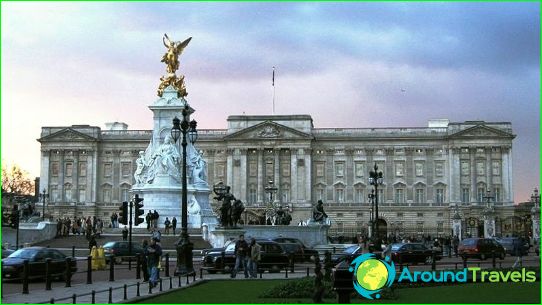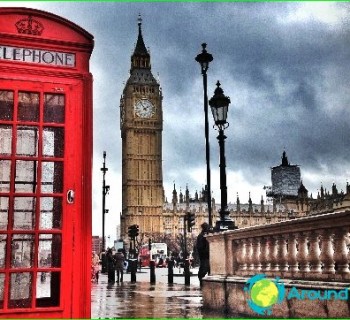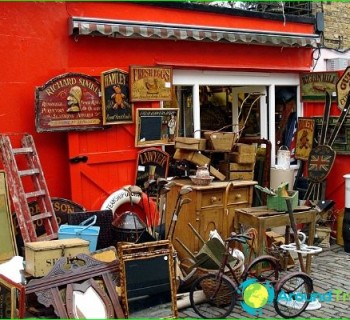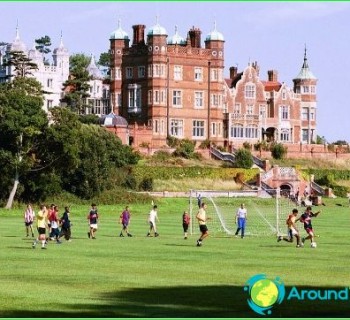London history
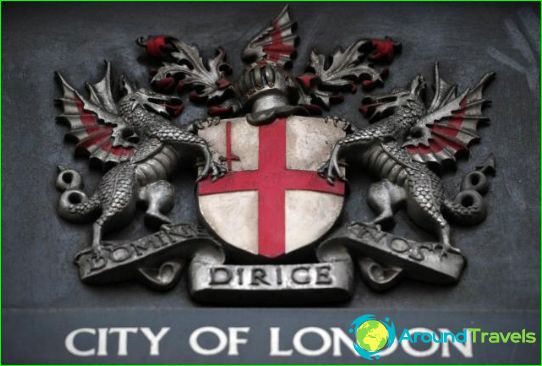
Coat of arms of the City of London
London is the capital of the United Kingdom of Great Britain. The city is located near the North Sea on the banks of the Thames. London is considered one of the leading financial centers in the world, as well as the cultural and economic center of the country.
London's history is long and very interesting. The founders of a settlement called Londinium were the Romans who came to the local lands in 43 AD. By the beginning of the third century, the city was protected by a high fortress wall along its entire perimeter. In 410 the Romans left Britain. For the next couple of centuries, the Saxons lived in Britain, who founded St. Paul's Cathedral in Londinium. By the middle of the eleventh century, the city was divided into two parts: Thorney Island (Westminster), where construction of the abbey and royal palace began, and the city itself (City).
In the twelfth century, William the Conqueror was crowned at Westminster Abbey, under whom the construction of the Tower began. The thirteenth century is a period of rapid economic and social development in London. During this period, the city was actively built up, London turned into the capital of England. The coming to power of the Tudors, when city parks were laid out in London, hospitals and municipal institutions were opened, had an extremely favorable effect on the development of the city. By the early sixteenth century, London had developed into a successful European trading city, where both small and large businesses flourished. In one century, the population of London increased more than 4 times, which led to cultural development: theaters, libraries were opened.
In the middle of the seventeenth century, two great misfortunes struck London at once: the plague, which claimed the lives of 60 thousand people, and the fire of 1666, in which more than 13 thousand buildings, including almost 90 churches, died. Despite the terrible events, London quickly rose to its feet and by the beginning of the eighteenth century had become the largest European city. In 1707, after the unification of England and Scotland, London became the capital of Great Britain.
The construction boom came in the nineteenth century. Then factories, factories, a railway, industrial areas appeared in the city, the Tower Bridge and Albert Hall were built. In 1863, the world's first underground began operating in London.
In the sixties of the twentieth century, London conquered the whole world thanks to the Beatles and Rolling Stones, which were very popular with music lovers and young people..
Today London is one of the most important economic and cultural metropolises in the world. The city is one of the ten most interesting tourist capitals - a large number of attractions, museums, concert halls and various galleries are concentrated here..
Pictures of London
-
Coat of arms of the City of London
-
The Great London Fire of 1666
-
Mayor of london show
-
Tower and Tower Bridge
-
Houses of Parliament and Big Ben
-
Buckingham Palace
-
City District

